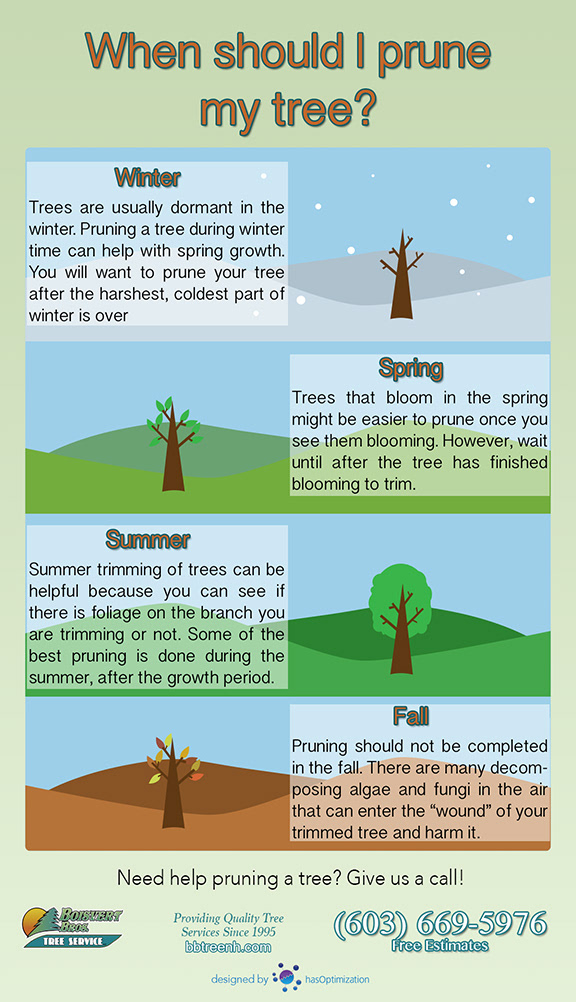Indications Showing The Demand For Tree Elimination: Determining Risky Trees
Indications Showing The Demand For Tree Elimination: Determining Risky Trees
Blog Article
Web Content By-Vogel Connell
When it involves tree treatment, acknowledging the indications that it's time for removal is necessary for your safety and residential or commercial property. You may notice tarnished fallen leaves, wilting branches, or weird fungal developments suggesting health problems. Structural concerns, like a significant lean or splits in the trunk, can likewise pose dangers. Comprehending these warning signs can help you make informed choices regarding your trees and prevent possible hazards hiding in your backyard. What should you search for following?
Indicators of Decay and Condition
When you observe indicators of degeneration and illness in your trees, it's important to act quickly. Look for blemished leaves, wilting branches, or unusual growths like fungi. These can indicate that your tree is having a hard time.
If you see splits in the bark or soft, mushy wood, these symptoms suggest interior decay. Additionally, an unexpected increase in pests around your tree can indicate that it's deteriorated and at risk.
Check for any kind of dead or dying limbs, as they pose a threat to your property and security. If you're uncertain about what you see, consulting an arborist can offer clarity.
Addressing these indications early can conserve you from much more comprehensive damages and make sure the health and wellness of your lawn. Don't wait until it's far too late.
Structural Instability and Leaning
As you observe your trees, watch out for any kind of indicators of structural instability or leaning. If https://tree-growing-from-stump94837.dm-blog.com/35284104/the-key-overview-to-stump-grinding-approaches-benefits-and-prices leans dramatically, it may suggest that the origin system is jeopardized.
Look for any type of fractures in the trunk or dirt around the base; these can signify possible failing. Furthermore, check for unusual growth patterns, like a lopsided crown, which may suggest that the tree is having a hard time to hold itself upright.
If you discover that the tree leans toward your home, power lines, or other structures, it poses a better risk. Do not disregard these indications-- seek advice from an arborist to examine the scenario.
Taking action early can prevent expensive damage and guarantee your security.
Dead or Perishing Branches and Foliage
If you observe dead or dying branches and vegetation on your tree, it's a clear indication that something's incorrect.
These undesirable areas can suggest underlying concerns like condition, bug infestations, or ecological anxiety. When branches shed their leaves or transform brownish, they're no more contributing to the tree's health and wellness. Neglecting these signs could bring about more decline, making your tree more unsafe.
Dead branches can quickly break short during tornados, posturing a threat to home and people nearby. Highly recommended Web-site to evaluate the level of the damages.
If the problem influences a substantial part of the tree, consider seeking advice from a specialist. They can assist determine if removal is necessary to guarantee safety and security and keep the charm of your landscape.
Conclusion
If you discover any kind of indications of decay, structural instability, or dead branches on your trees, do not neglect them. How To Prune A Weeping Redbud Tree can posture serious safety dangers to you and your residential or commercial property. It's constantly best to consult a specialist arborist who can offer an expert assessment of your trees. Doing something about it early can prevent mishaps and costly damages, ensuring your landscape continues to be secure and healthy. Keep in mind, it's far better to be positive regarding tree care than to await a calamity to take place.
